Children have been staying home for several months now due to the coronavirus (COVID-19) pandemic. With schools trying to decide on a format that is safe and productive for students, parents likely have several concerns about how their child might handle the changes. Some schools are opting for full-time distance (online) learning while others are considering alternate in-person days or a mixture of online and in-person. Below we present some strategies for parents and teachers to reduce anxiety and help ease the transition from being at home to having more structured schooling, whether at home or in person at school.
Strategies for parents to help reduce back to school anxiety
- Practice coming up with a list of things your child would like to share with their teacher and classmates (e.g., unique interests or talents, fun things they did this summer).
- For kids who feel more shy and anxious, parents can practice these brief “sharing statements” so their child feels more comfortable talking.
- Help your child with keeping their sharing time short (since the teachers may need to cut them off if it’s too long), speaking up so others can hear and looking at the camera (eye contact).
- Kids may enjoy scheduling a Zoom call with a family member or close friend to practice their sharing statements.
- If you know any of your child’s classmates, reach out to their parents and schedule virtual or socially distanced (outdoor) playdate. Getting time with friends or peers before school can ease some worries, help your child practice their rusty social skills and help all the kids feel more excited about return to school.
- Kids can do a shared craft, play a game (Scattergories, charades, Pictionary), or “cooking class” (make the same snack) for a virtual playdate. Having a shared activity makes it easier for kids to interact and find things to talk about.
- Socially distanced playdates can include picnics (everyone brings their own food), kicking a soccer ball or working on the same craft (6 feet away) – kids can pick a theme for their playdate.
- Consider taking a tour of the school (especially if it is a new school) before the school year begins, if possible. Even driving around the school or taking a short walk or a picnic in school grounds may help kids re-familiarize with the school environment or feel comfortable with their new environment. Some schools may have a virtual tour, videos or pictures on their websites that could be helpful if going to the school physically is not possible.
- Set the expectations for the new school format.
- Children do better when they know the rules and boundaries.
- Tell your child what you know about the format of school and the structure of their day.
- Set up a “school space” for your child in advance and talk about the rules for during class time (e.g., sitting upright in a chair, keeping your eyes on the teacher, keeping open only the screen the teacher directed). Children who know the expectations can feel more confident that they can succeed.
- Consider a reward system at home for on-task behavior at school. For example, kids can earn marbles in their marble jar…when it’s full, they can earn a movie night, breakfast in bed morning, “date night” with a parent or set amount of money toward a new game or toy.
- Communicate the reward system and expectations to teachers. Send a copy of the reward chart to school so teachers can provide immediate positive feedback for achieving goals in the chart.
- It’s normal to feel nervous.
- Ask your kids how they are feeling about return to school (open-ended questions are best, or prompt by saying “sometimes kids feel excited or nervous or happy or worried…sometimes they feel multiple things at the same time”)
- Let them know it’s normal to feel nervous about going back to school and about doing any new things.
- Talk about things that have helped them feel braver in the past when they started something new.
- Children may be worried about getting sick when they go to school as they have been hearing a lot about germs and hygiene.
- Discuss use of masks, hand hygiene and physical distancing rules and what they can do to keep themselves safe.
- Practice wearing mask, washing hands (at least 20 seconds, making a “white glove” with the bubbles), and not touching eyes, mouth, etc.
- Create a “Bravery Chart” in which they can earn stickers or points for managing their anxieties in a healthy way. This could be a part of their reward system suggested above.
- Increase excitement about return to school.
- Talk often about the exciting things to look forward to: getting to meet kind teachers, finding out who will be in their class, fun things they will get to learn.
- Ask your child what things they are looking forward to with return to school.
- Back-to-school shopping: new school supplies often helps kids feel more excited, even though they are nervous about return to school. Get some new school supplies (new pencils, markers and a new pencil kit) to help your child feel excited about starting a new year.
- Be careful not to express your own worries or concerns about the new school format in front of your child.
- Children may have grown accustomed to being with parents and feeling safe at home and thus may experience separation anxiety.
- Practice spending time away from your kids at home. Working/playing in different rooms, having structured small amounts of time on their own, and doing tasks by themselves may help them feel confident about not needing to be with parents at all times.
- Spend more time outside the house with the kids – running errands, going on outing, etc. to help them feel comfortable with being away from home.
- Remind children of the times prior to the pandemic when they were in school without parents and how they handled being scared or missing parents.
- Talk to teachers about creating a plan for your child to feel comfortable at school if they have separation anxiety – planned video or phone calls to a parent, writing notes or letters to parents or having a special toy they can use for comfort.
- This may be a part of their “Bravery Chart” or the reward system suggested above.
Strategies for teachers to help reduce back to school anxiety
- When using distance learning/virtual platforms:
- Think creatively about how to engage students throughout the class. Having multiple choice questions, polls, etc. can help students stay on task and stay focused on the lessons.
- Consider break out rooms on the virtual education platform so children can work in smaller groups as communicating in large video chats maybe difficult and confusing.
- Incorporate ice breakers (e.g., “toss a ball and say a friend’s name” [toss a virtual ball], share something special to you that is the color green), and have kids work on art projects related to the lessons that they can share with peers at the end.
- If teaching in-person:
- Make expectations clear at the onset of school and remind students daily. A list with visuals should be put in each classroom.
- eg., pictures of kids wearing masks, washing hands, keeping expected distance.
- Set up visible physical boundaries for children to stay in to promote physical distancing. (Hula hoops, masking tape sections, etc.).
- Set up reward charts for students to earn points for hand hygiene, physical distancing, keeping masks on, etc.
- Communicate with parents about reward system they might have at home for consistency.
- If students get upset or scared about being away from home or note missing parents/caregivers, encourage them to write notes, reference a daily schedule so students can count down until time to go home or (if needed to gradually increase a child’s comfort) schedule times for students to talk to parents.
 https://riseandshine.childrensnational.org/wp-content/uploads/2025/07/girl-at-doctors-feature.jpg
300
400
Rise and Shine
https://riseandshine.childrensnational.org/wp-content/uploads/2017/11/childrens_riseandshine_logo.jpg
Rise and Shine2025-07-10 17:44:132025-07-10 17:44:13Back-to-school physicals: A message from your pediatrician
https://riseandshine.childrensnational.org/wp-content/uploads/2025/07/girl-at-doctors-feature.jpg
300
400
Rise and Shine
https://riseandshine.childrensnational.org/wp-content/uploads/2017/11/childrens_riseandshine_logo.jpg
Rise and Shine2025-07-10 17:44:132025-07-10 17:44:13Back-to-school physicals: A message from your pediatrician



 Laura Gray, PhD, was a clinical psychologist at Children's National Hospital.
Laura Gray, PhD, was a clinical psychologist at Children's National Hospital.
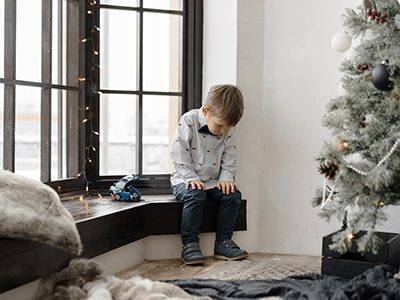


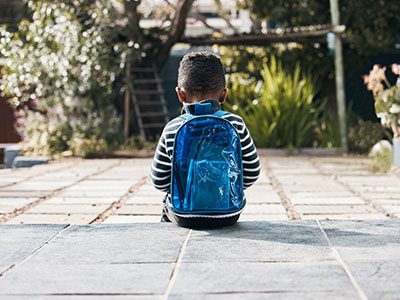


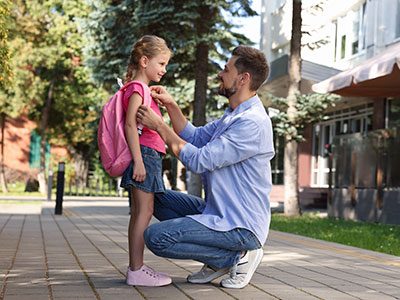

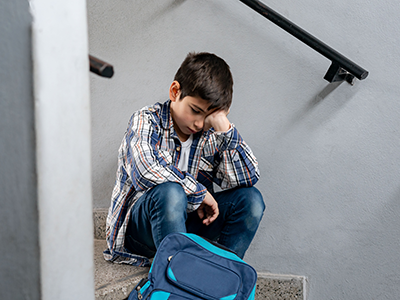
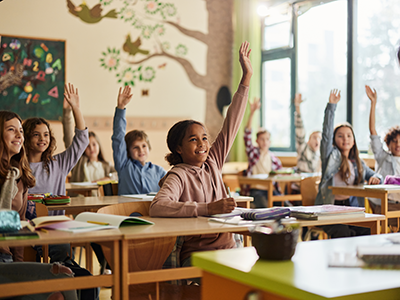
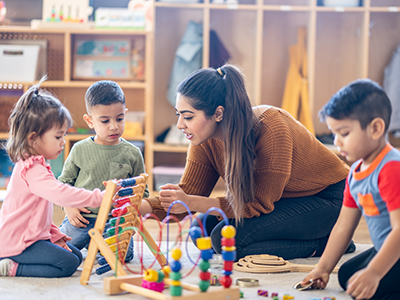
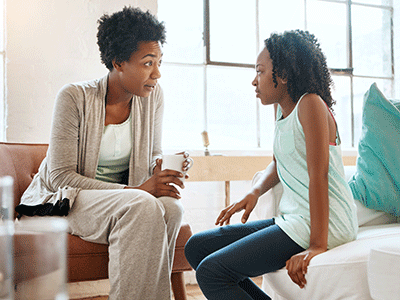

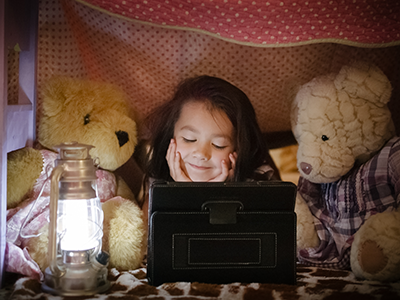

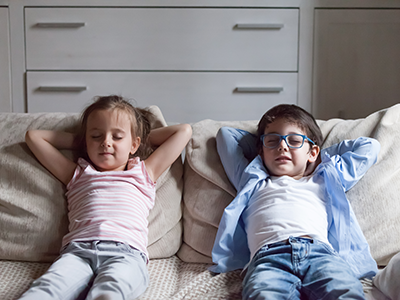
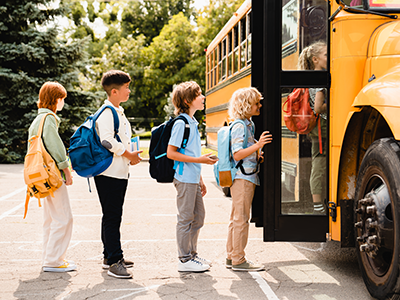
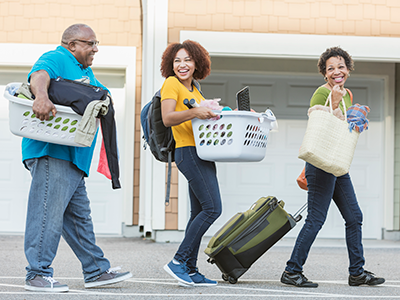
Leave a Comment
Want to join the discussion?Feel free to contribute!